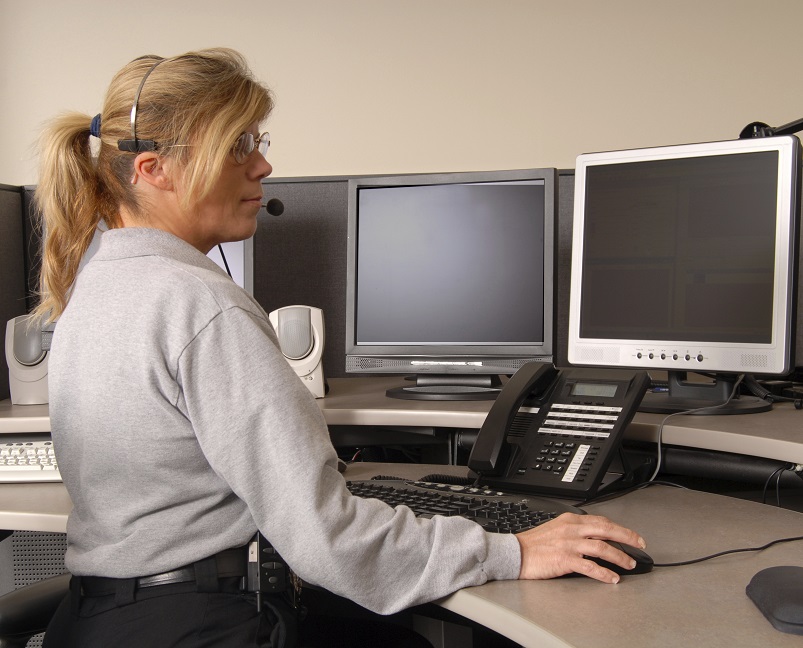 The current issue of the Journal of Emergency Medical Services features an article on Telephone CPR written by Dr. Ben Bobrow, our EMS Medical Director, and Micah Panczyk, our Telephone CPR Program Manager. The article titled, “Telephone CPR Can Optimize Bystander Action in Out-of-Hospital Cardiac Arrest” is featured in the journal’s Medtronic Philanthropy and HeartRescue Project supplement.
The current issue of the Journal of Emergency Medical Services features an article on Telephone CPR written by Dr. Ben Bobrow, our EMS Medical Director, and Micah Panczyk, our Telephone CPR Program Manager. The article titled, “Telephone CPR Can Optimize Bystander Action in Out-of-Hospital Cardiac Arrest” is featured in the journal’s Medtronic Philanthropy and HeartRescue Project supplement.
Telephone CPR—the provision of CPR instructions by 9-1-1 operators to callers who witness or encounter potential cardiac arrests—can play a key role in increasing bystander CPR rates and is associated with improved survival. The article reviews barriers call takers face in identifying cardiac arrest and getting a person without specialized training to perform CPR until EMS arrives.
Callers are often severely distressed. They may be unclear or contradict themselves, leave the phone periodically, or even completely refuse to cooperate. In addition, cardiac arrest patients often gasp (agonal breathing) or present brief, seizure-like symptoms that can confuse potential rescuers and call takers alike.
Calm, assertive 9-1-1 call takers, however, can settle and guide distraught callers. They can control calls from the outset by letting callers know that help is on the way and by asking two guideline-recommended questions:
- Is the patient conscious?
- Is the patient breathing normally?
If the answer to both questions is “no,” 9-1-1 call takers should start CPR instructions as soon as possible. Other barriers can delay or prevent the start of CPR, however. Callers often have difficulty moving patients into position for compressions (for example, from a bed, couch or chair to the floor), have an aversion to mouth-to-mouth contact, or fear that compressions could hurt the patient.
The article cites tactics, protocols (eg, guideline-based prescriptions for compression-only CPR in adult arrests) and studies that provide call takers with the tools they need to help inexperienced rescuers overcome these obstacles.
All 9-1-1 call takers should tell callers to push hard and fast in the center of the chest and to count out their compressions. This allows call takers to monitor the compression rate. The ideal rate is 100 “beats” per minute. Through continuous coaching, call takers can help callers achieve and maintain proper compression depth and rate until EMS arrives.
The article notes the essential importance of quality-improvement efforts that measure the proportion of cardiac arrests where Telephone CPR is started and how early in calls it begins. When implemented in conjunction with guideline-based protocols and training, such measurement can optimize Telephone CPR and profoundly increase cardiac arrest survival. To learn more, visit the Save Hearts in Arizona Registry and Education program.











